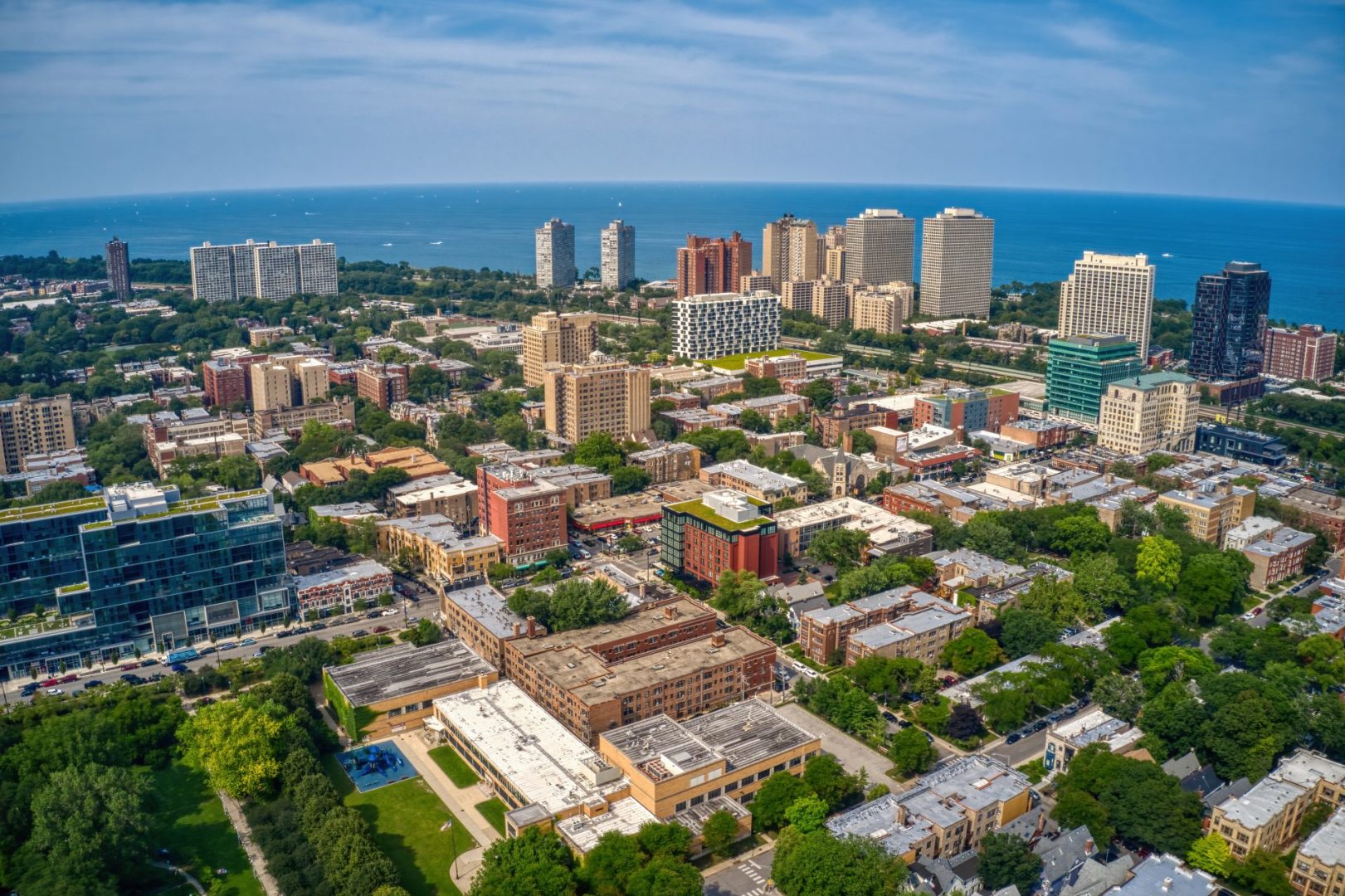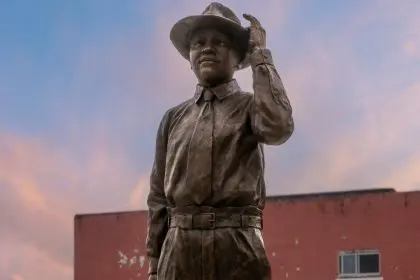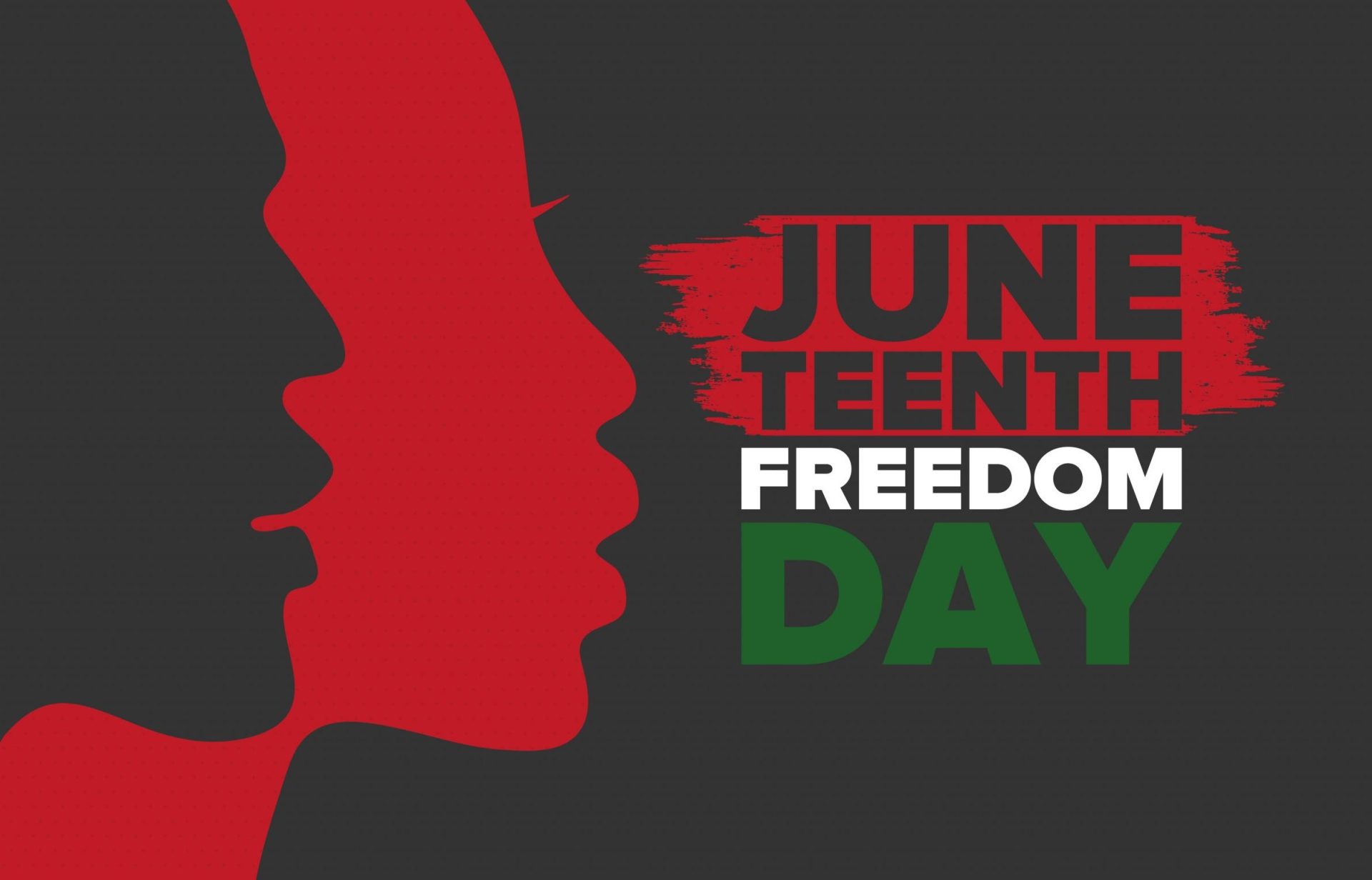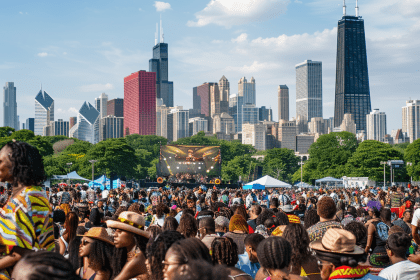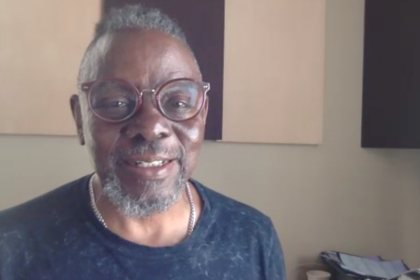Chicago’s South Side stands as a testament to the resilience and creativity of Black Americans who transformed a segregated area into a vibrant cultural center. The story begins with the Great Migration, a pivotal movement that brought over 500,000 Black Americans northward between 1910 and 1960, seeking escape from the oppressive Jim Crow laws of the South.
This mass migration reshaped not only Chicago’s demographic landscape but also the entire trajectory of American cultural history. Many of these new residents were World War I veterans who returned from service with hopes for equal treatment and opportunities in their homeland.
Facing systemic challenges
The promise of a better life in the North often collided with harsh realities. Discriminatory housing practices, particularly redlining, confined Black families to specific neighborhoods, primarily concentrating them in the South Side area.
These government-sanctioned policies, implemented across more than 200 American cities in the 1930s, used color-coded maps to determine mortgage eligibility. This systematic discrimination effectively created segregated communities and perpetuated economic disparities that continue to impact neighborhoods today.
The emergence of cultural resilience
Despite these formidable obstacles, the South Side developed into a thriving center of Black culture and community life. The area’s response to adversity manifested in various forms of artistic expression, from the soulful notes of jazz clubs to the passionate performances in local theaters.
The community’s creative spirit found expression through multiple channels, establishing institutions that would become cornerstones of Black cultural life. Local establishments served as more than mere businesses; they became vital spaces for social connection and cultural preservation.
Musical heritage and artistic expression
The South Side’s contribution to American music cannot be overstated. Jazz and blues flourished in the numerous clubs and cabarets that dotted the landscape. Musicians like Boyd Atkins brought their distinctive sounds to packed venues, while blues legend Lonnie Johnson’s performances in local taverns helped establish Chicago’s reputation as a musical powerhouse.
These musical traditions did more than entertain; they provided a powerful medium for expressing the community’s experiences, hopes, and struggles. The South Side’s musical legacy continues to influence artists and musicians worldwide.
Community spaces and social life
Beyond the music venues, the South Side fostered a rich tapestry of community spaces. Barbershops served as forums for political discussion and social commentary. Bowling alleys provided recreation and social interaction. These establishments created a network of support and connection essential for community survival and growth.
Children playing in the streets, despite the challenging environment, represented the community’s resilience and ability to maintain joy and normalcy in the face of adversity. These everyday scenes of life contributed to the area’s strong sense of identity and belonging.
Impact on civil rights and social justice
The South Side’s history is inextricably linked to the broader civil rights movement. The community’s response to events like the Chicago Race Riot of 1919 demonstrated both the challenges faced by Black residents and their determination to stand against injustice.
These experiences shaped the consciousness of multiple generations, contributing to the development of civil rights leadership and activism that would influence national movements for social justice and equality.
Educational and intellectual contributions
The area’s cultural vitality extended into education and intellectual life. Community leaders established institutions and organizations dedicated to preserving and promoting Black history and culture. These efforts helped counter negative stereotypes and provided crucial educational opportunities for residents.
The intellectual legacy of the South Side includes contributions to literature, journalism, and academic scholarship that continue to influence our understanding of American history and culture.
Economic development and entrepreneurship
Despite the limitations imposed by discriminatory practices, the South Side witnessed the emergence of successful Black-owned businesses and enterprises. These establishments provided essential services to the community while creating economic opportunities for residents.
The entrepreneurial spirit of the South Side demonstrated the community’s ability to create economic networks and support systems in the face of institutional barriers.
Preserving and celebrating heritage
Today, efforts to preserve and celebrate the South Side’s cultural heritage continue through various initiatives and institutions. Museums, cultural centers, and community organizations work to document and share the area’s rich history with new generations.
These preservation efforts ensure that the stories, struggles, and achievements of the South Side’s residents remain an integral part of American cultural memory and continue to inspire future generations.

